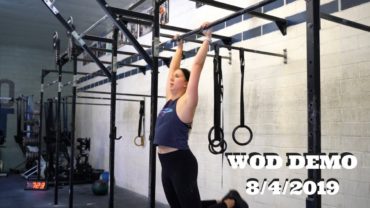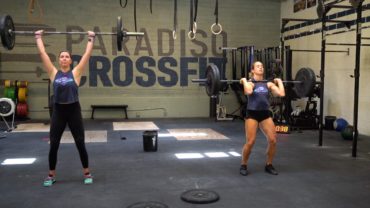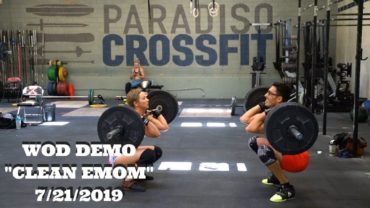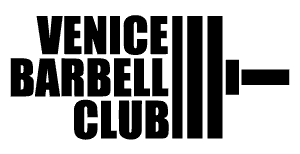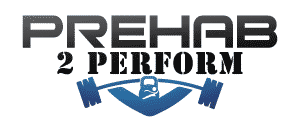Why Snatch?
Wednesday, August 7, 2013:
Mobility
2 Rounds:
15 Bird Dogs, each side
10 Side Plank Leg Raises, each side
10 Good Mornings w/ Bar
Behind the Neck Barbell Rack Stretch, 1 minute
10 Behind the Neck Barbell Presses
Strength
15 minutes to establish a 1 rep max 3 position Clean & Split Jerk
Classic Conditioning
15 minute Amrap:
20 Situps
10 DB Cleans (35/25)
10 DB Push Press
Advanced Conditioning
3 Rounds for time of:
15 Toe-to-bars
10 Squat Cleans (135/95)
5 Push Jerks
Cool Down
Cobra, 1 minute
Bottom of Squat, 1 minute
Pigeon, 1 minute each
Couch Stretch, 1 minute each
Bros.
There is a method to this madness. The coaches lately have been noticing a trend with some of the newer members coming out of On Ramp and even with some of our longer tenured members. That is the look of pure terror as they attempt to catapult a weighted barbell over their heads and throw their bodies under that barbell. I am of course talking about the Snatch, and the inevitable stress in causes in all level of athletes, especially beginners. This post is meant to hopefully clarify why we do this movement and movements like it so much in our training and what our bigger picture goals for our members. I will break this into points.
1) If you can snatch, you can do anything. Maybe not anything, but close. If a human being can execute a squat snatch with even decent technique at relatively moderate weight, then it is a huge teller of their overall physical abilities to adapt to other movements and their ability to produce force and coordination through a drastic range of motion. From this first point I will expand this post.
2) Range of Motion. Olympic weightlifters are second to only gymnasts in flexibility. There are men that weight nearly 300 pounds who can hit positions with massive weight overhead that would make a yogi jealous. We do not want you be 300 pounds or care if you lift massive weights, but we do want you to be flexible and if you can catch and hold some weight with a good overhead position while sitting in a deep squat, then it is guranteed your joints are in good health and you will be able to handle every other position of every movement we can throw at you. This will lead to a better overall fitness and athleticism.
3) Force Production. The most powerful athletes in the world (sprinters, weightlifters, gymnasts, etc.) all have incredible physiques. We do not think being big and muscular equates to fitness but on a spectrum, being able to produce the most power out of your body is going to lead to a better fitness both athletically and aesthetically. The Olympic lifts, especially the snatch, require a kinetic chain of rapid bodily extensions and redirection that exists nowhere else in sports. To train your body to execute these movements in sequence with increasingly heavy weights teaches an individual to efficiently produce force, which is the definition of an athlete.
4) Technique. We teach these lifts from the top down. We start at the hips and move to the floor because the hips are the most important part of learning the lifts and the most important part of ALL ATHLETICS. Being able to control your center mass and explosively extend your hips is everything. The lifts become more complicated as the bar travels from the floor and things get really crazy when we ask people to catch the bar over their heads in a full squat, but as the previous points showed, it is all for a reason.
5) Positions. Positions are key. It can take a long time for many newer members and veteran athletes alike to get their body into the necessary positions for an overhead squat, much less the correct sequences for the pull of a snatch to result in the barbell to be “caught” overhead while at the bottom of that squat. It is a tedious grind but this is why we harp on mobility work and enforcing good positions before continuing with a more complicated movement or added weight.
In conclusion, we want everyone to understand our long term approach to training and why we want every member to be proficient at the Snatch. We will be more diligent then ever as coaches forcing members to identify and attack their positions and figure out how to make improvements. We will be introducing a video series geared toward targeting the common faults of the snatch and overhead squat and how to fix them. We want all of our members to reach their fitness goals and want all of our members to understand that effectively learning a movement like the snatch is a means to an end for every possible fitness goal, whether it be aesthetics, flexibility, health, athleticism, or competition.






